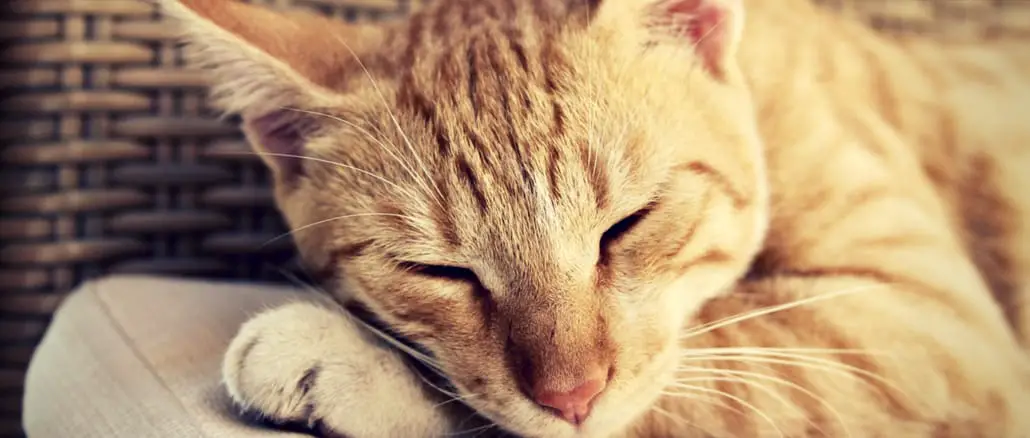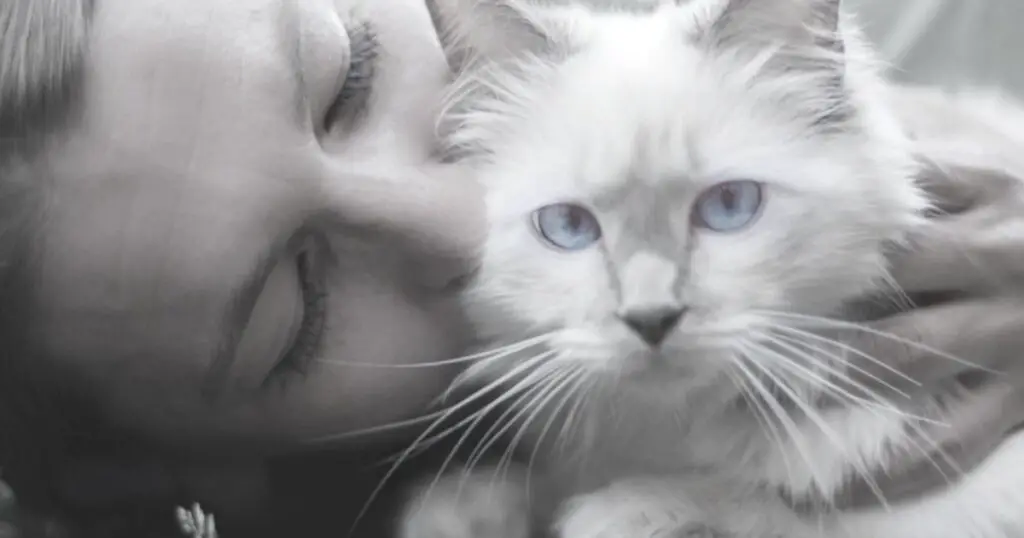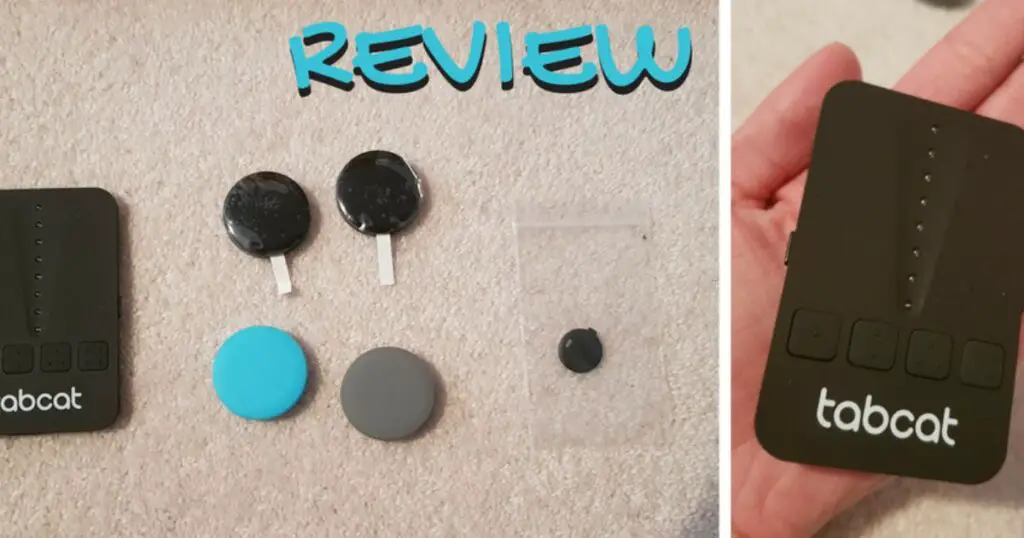This article is for you if you’ve seen a cat recently, perhaps more than once, and you think that s/he may be lost. If you think that you’ve found a lost cat, this article is for you. So many people don’t actually know what to do if you find a lost cat, so we’re here to help.
Sometimes, a cat will be in his/her own safe territory. Suddenly, a loud noise happens; a car backfires nearby that startles the cat, who is already a bit skittish and that cat darts off to find a hiding spot. When the cat feels ready to come out of the hiding spot… s/he is confused, lost, nothing seem familiar. This is how a cat gets lost.
Of course, the cat you’re suspecting of being lost may not actually be lost at all. They could simply he a house cat who has roamed further than usual knows the way back. Sometimes, cats disappear for days at a time with little explanation, giving some very anxious owners some long and sleepless nights.
Un-neutered cats are more likely to roam, some cats so have larger territories because they can, some cats have moved to a new home and try to find their way back, getting lost en-route.
If you’re a cat owner and need help finding your cat or preventing them from getting lost, try these articles instead:
- The ultimate guide to finding a lost cat
- How to prevent your cat from getting lost
- Keep tabs on your cat with Tab Cat Loc8tor
- Why do cats disappear for days on end?

Know the Signs of a Lost Cat
First of all, you need to determine whether you’re seeing a regular feral cat, a regular house cat who likes to roam, or a missing pet.
This can be difficult, some cats do just roam far and you may see them begging for food, but they’re just clever and greedy. However you should be alert to the signs that a cat may have become lost.
Ask yourself:
- Is s/he trying to come in through doors/windows?
- Are they attempting to be affectionate?
- Are they wearing a collar?
- Is s/he miaowing at people in a needy way?
- Are they displaying behaviors of a house cat?
- Do they appear hungry?
If so, these are signs that this cat is someone’s missing pet. Please do the responsible thing and try to locate the owner. Someone could be missing this cat dearly and a positive reunion would mean the world to them.
Follow the steps in this article and do what you can.
Determine the Cat’s Behavior
Some cats are trusting and friendly and will come if you make gentle beckoning sounds towards him/her. Other cats will dart away into the darkness.
If the cat your suspect to be lost is acting skittish, try to slowly gain their trust by beckoning them with a welcoming tone, making little kissy noises or trying to tempt them with a meaty treat.
Hopefully, they will eventually trust you enough to come to you for closer inspection.
Look Around Carefully
If you’ve suddenly stumbled upon a distressed looking cat, please look around carefully. The cat may be a mother with kittens nearby whose lives depend on her. Or, you might recognize the cat or spot where he/she has escaped from.
Ask your Neighbors
Speak without neighbors about the cat, ask if they’ve seen him/her or if they know who the owners are.
Perhaps some one is feeding him/her or knows who s/he belongs to. Children, teenagers, stay-at-home moms are great to speak to because they’re at home more often and are more likely to be observant of cats wandering around.
Local busy-bodies are great too – they usually know everything, about everyone! If anyone will know where this cat lives, it’s them!
Try to Take Clear Photos
If you’re not able to get any further information on the cat but s/he’s still hanging round, it’s time to take photos.
Try to take clear, well-lit photos from different angles that show any distinctive markings on the cat.
Having photos to show people will help you locate the owners, especially if you share them online.

Check Local Facebook Groups
Search Google and Facebook for missing pet groups. There may be more than one; search for
- YOUR TOWN NAME + LOST & FOUND CATS
- STATE + LOST & FOUND CATS
- YOUR TOWN NAME + LOST & FOUND PETS
- STATE + LOST & FOUND PETS
Also, you should see a list of “suggested groups” to join too. When you find a Facebook Group, use the group search function to check for any posts about a cat matching the description before posting a fresh post.
Share the photos of the cat, along with a description of their behavior, where they’ve been showing up and how often. Wait to see if you get any responses and follow-up on any leads you do get.
Sharing on Social Media
Use everything at your disposal. Do you have Instagram? Twitter? If so, share pictures of the cat with an appeal to locate the owners. Use hashtags such as #lostcat #missingcat #foundcat as well as your #cityname #townname #localhashtags etc in order to gain maximum reach. Ask your most social-savvy friends to share too, ensure your posts are set to public otherwise people won’t be able to share the post!


About Humane Cat Traps
It may get to the point where you need to use a humane cat trap. Perhaps you’ve located the owners and need to retrieve the cat somehow in order to reunite the poor thing with their elated owners. Human cat traps are large cages that you can camouflage and use bait such as chicken or fish to lure the cat, making sure you stay close by so the cat isn’t confined for too long.


These traps are only designed for short-term use, you should not keep a cat confined for long-periods. When the cat is in the humane trap, you should take him/her indoors somewhere safe for you to examine the cat and not keep them trapped inside the cage.
Once you have the cat safely indoors, you should stay calm and realise that the cat may be distressed. Keep offering the cat treats until they’re comfortable to come out of the cage. Gentle stroke the cat and judge their reaction, being careful not to scare them by making sudden movements.
You can now tend to the cat in more detail than when you’ve been watching them from afar or interacting with them outdoors.
Check the Cat for Visible Injuries
First, check for any marks on the cat, such as scars, scratches, bites, missing patches of fur or fresh injuries. The cat may have sustained an injury whilst they’ve been lost.
You should also check for fleas, if they’ve been outside for a long time then they may have fleas, causing discomfort for the cat, so they will need to be treated with a reputable flea treatment from a vet or cat’s protection shelter/animal sanctuary.
Take the Cat to a Vet to be Scanned
The cat you’ve found may have a microchip. Any vet will scan a cat, free-of-charge and check their national database for the registered owners. All responsible cat owners will have micro-chipped their cat. This is a very hopeful method of reunited the cat with their owners swiftly.
So many cat microchips have out-of-date details, if you have a cat and have recently moved house, check that you’ve updated the details! You should provide your address, email and phone number.

Use a Paper Collar
Attach a paper collar around the cat’s neck, here is how to create a paper collar for a cat:
- Take a sheet of plain A4 paper and fold it in half length-ways to create a long fold.
- Cut/tear along the fold
- With half of the A4 page you just cut, fold it in half, and in half again, until it’s about 3/4″ thick.
- Use a stapler to secure it, or use really strong folds/scores so that it doesn’t pop out unfolded
- Use a sharpie pen and write along the paper; something along the lines of: If this is your cat please call [phone number] I am concerned he is lost.
Allow the cat to roam and wait to see if the paper collar is removed, or if the owners respond to you.
Create “Found Cat” Posters
You could use the photos you took to get some posters printed for local stores, community centers and veterinary practices to reach a wide audience of people. Perhaps local magazines and papers will list an ad for free in the classifieds. Many people are still not online so could miss any posts you made on social media.
It’s a long shot, but it could be worth a try…
Consider Fostering/Adopting the Cat
How are you enjoying the frequent visitor? Have become fond of the little dude or dudette? Have you grown to love him/her yet? If you’ve exhausted all avenues, but still not managed to locate the owner, perhaps you could adopt this cat, making them a member of your household!
Adopting a cat is not a decision you should take lightly. Cats need care and attention, despite their perceived independence. First of all, check out our guide for new cat owners, then decide whether adopting the cat is right for you.
Call Local Cat Adoption Shelters
If you’re not able to locate the owner, nor are you in a position to adopt the lost cat, the right thing to do is foster him/her and call a cat shelter for the cat to be re-homed.
Search online for reputable cat re-homing centers, where they perform checks on potential owners and put the cat’s safety at the center of everything they do. By involving a proper cat shelter, you can have peace of mind that the cat will be homed with a loving family who will care for and look after him/her.
You can also have peace of mind that you did your absolute best to find the cat’s owners, unfortunately you’ll likely never find out the cat’s history before it came to visit you.
Look After the Cat as Best as You Can
Whilst the cat is in your care, whether it’s temporarily or on a long-term basis, do your best to ensure that cat is well looked after. We’re not suggesting that you take ultimate responsibility for a lost or stray cat, but if you’re able to, provide some food, water and shelter for the cat.
Perform as many of the steps on this list that you’re able to. If you care about cats, or any animals, please do the right thing, if you don’t then they could end up at the hands of someone cruel.
There are stories of cats being stolen to be used as bait in dog fights and worse. Please don’t let this happen to any strays or potentially lost cats within your neighborhood.
Summary
So, that’s a fairly detailed overview of what you should do if you find a cat that you think may be lost.
- Try to locate the owners via a vet, paper collar and the internet
- Check the cat’s health and well-being, if you can
- Take care of the cat as best you can
- Contact animal shelters for him/her to be safely re-homed
This post contains affiliate links. That means that, at no extra cost to you, we may receive a small commission if you buy a product using one of the links on this page. Read our full disclosure here.



